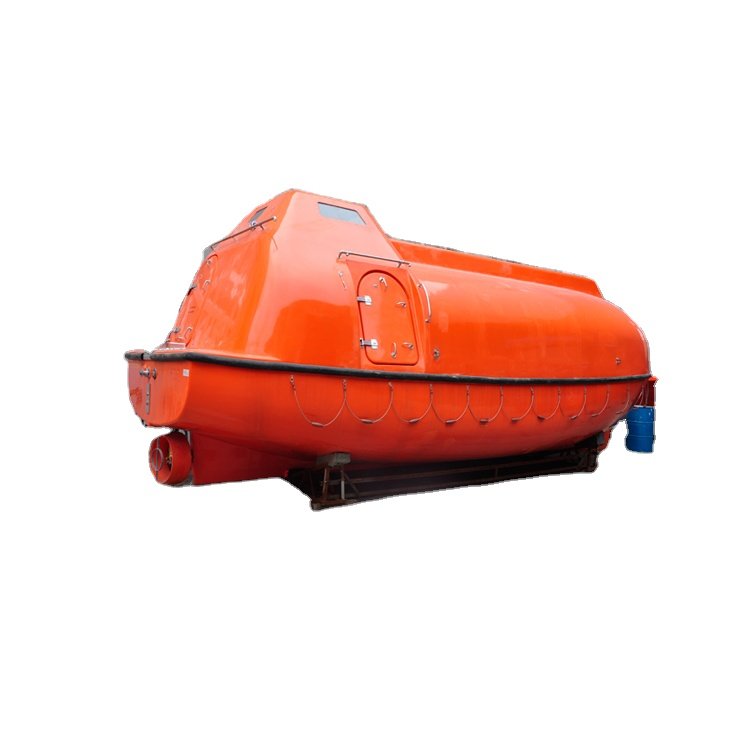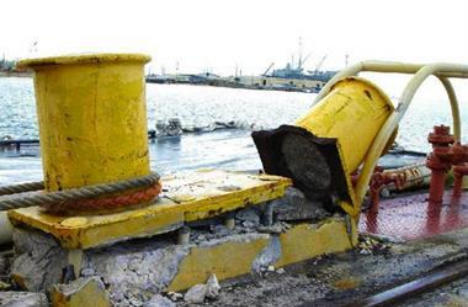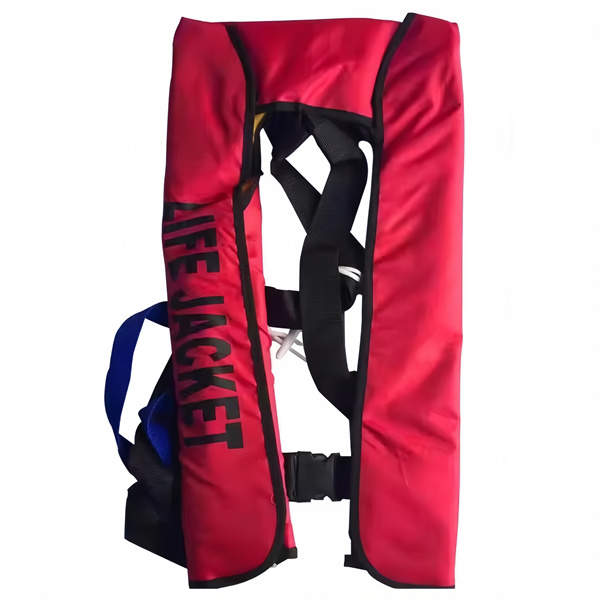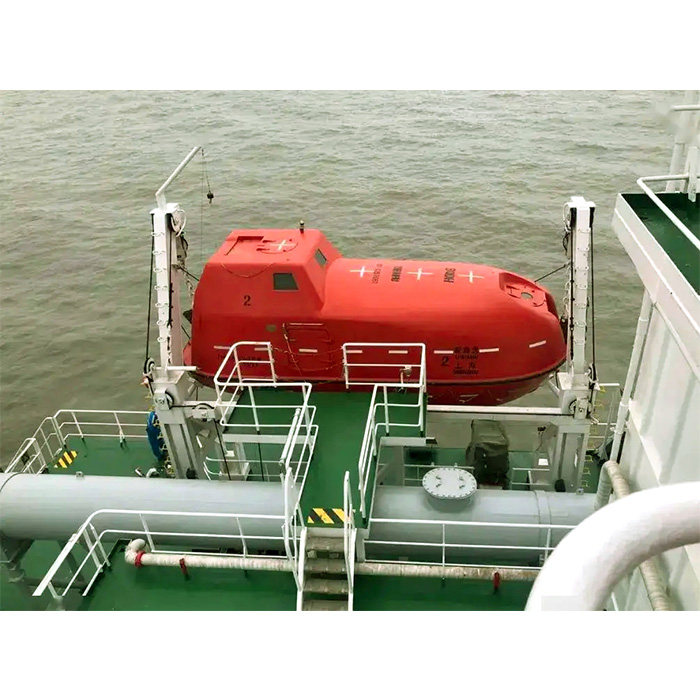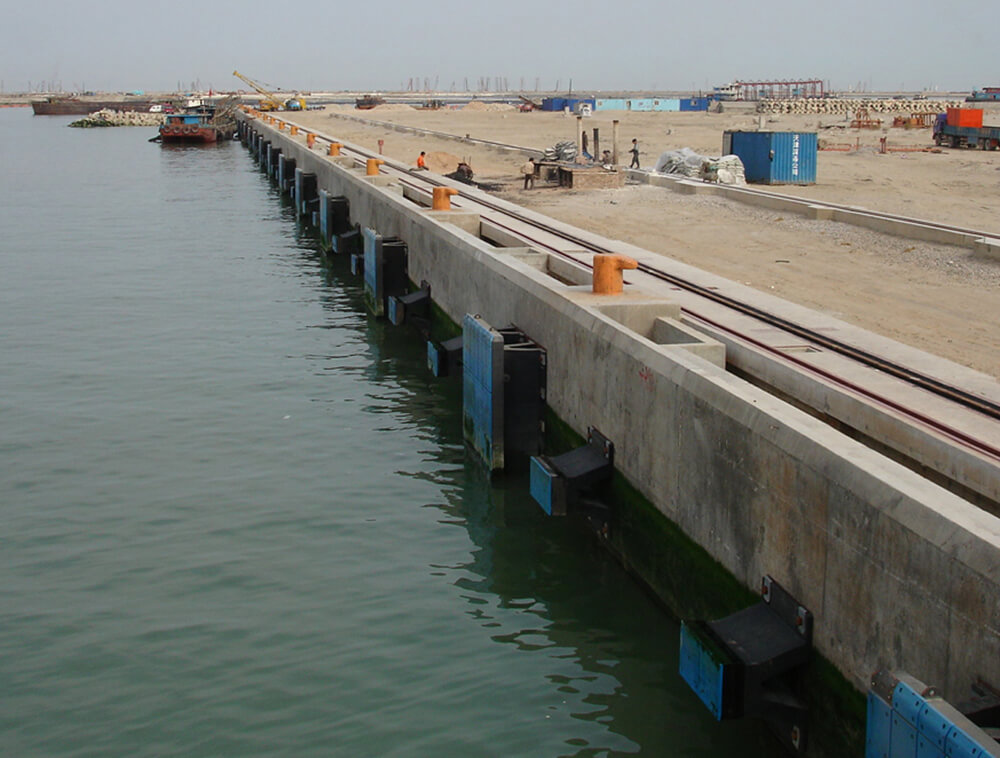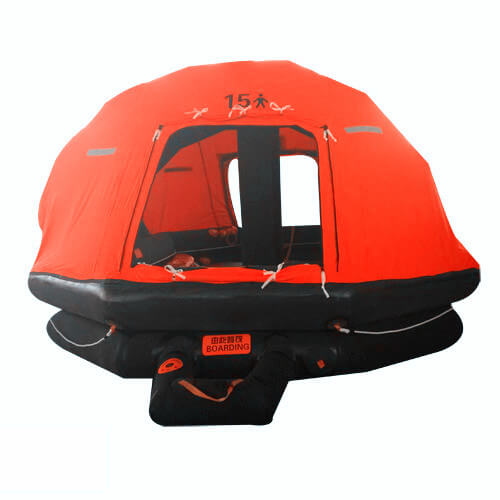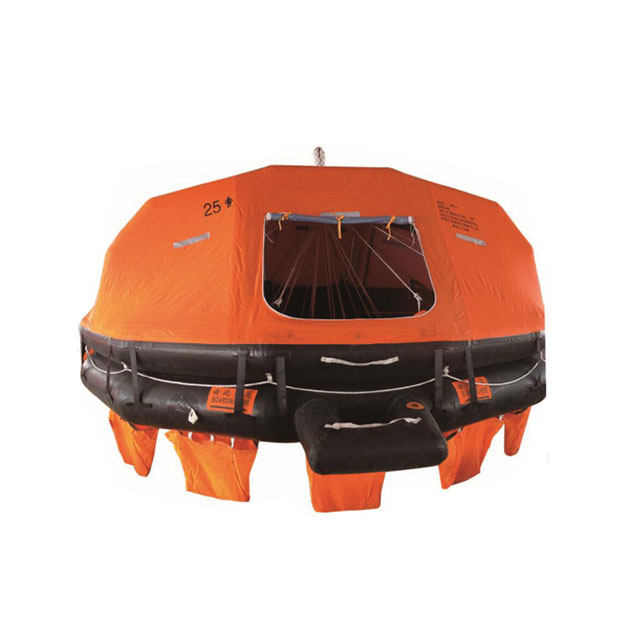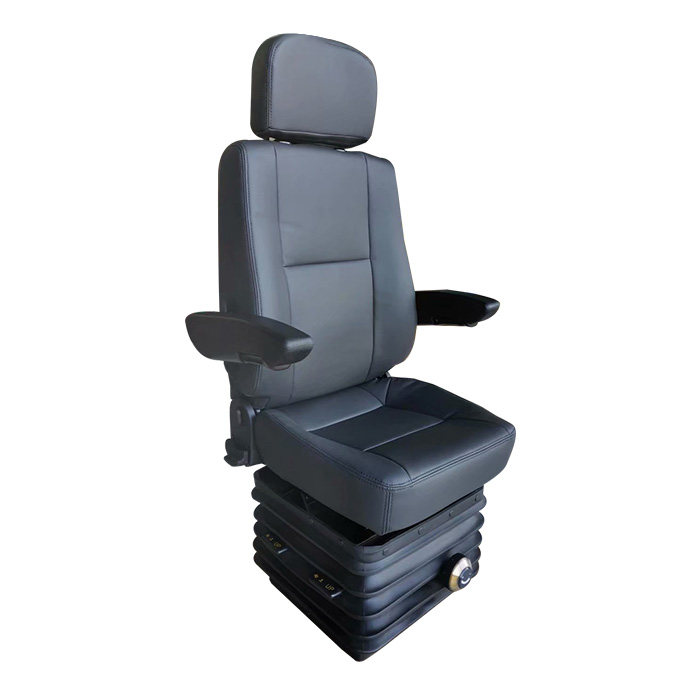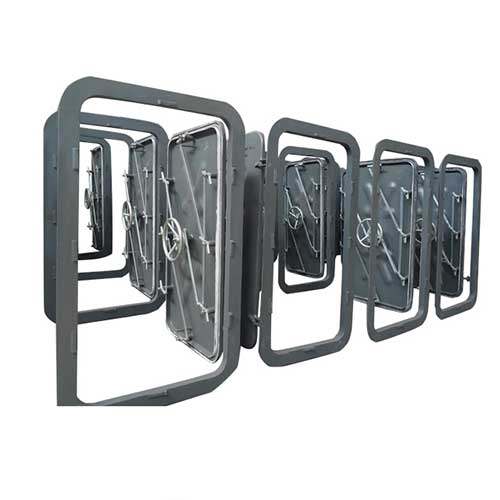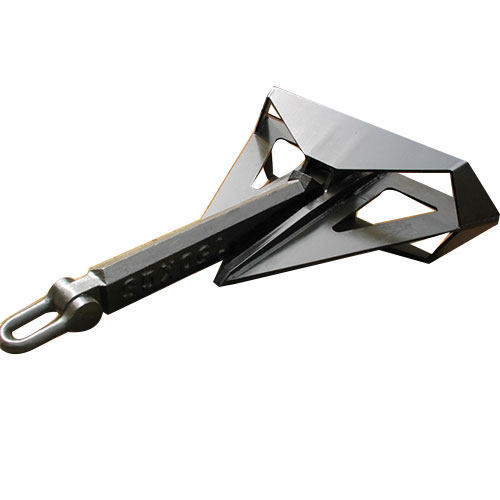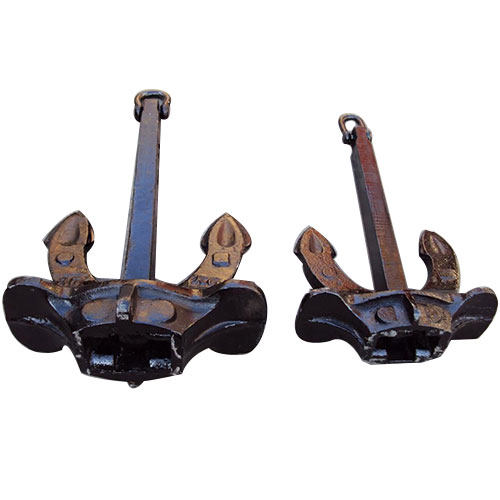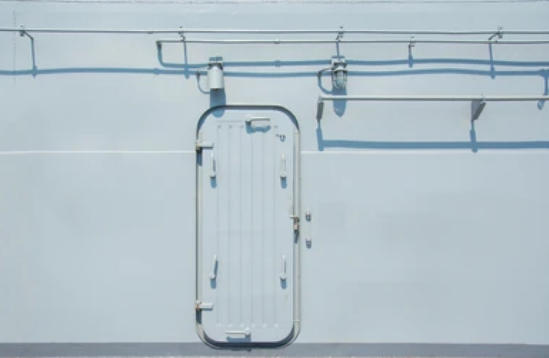Articles & Cases
SOLAS and IMO Regulations for Lifeboats: What are the Key Requirements
Lifeboats are one of the most essential life-saving appliances on a ship, which is a means of protecting the crew and passengers in emergencies. For the purpose of attempting to…
Analysis of Mooring Bollard Failures: How to Prevent
Mooring bollards are used to secure barges, ships and other vessels at docks, piers, or berths. The bollards are subjected to the full force of the vessel’s mooring operation, and environmental loads…
Inflatable vs. Foam Life Jackets: Choosing the Right Type for Your Needs
Life jackets are essential for water safety. Inflatable and foam life jackets have their own advantages and limitations. It is important to know the difference between two life jacket options before you choose the one that…
Enclosed vs. Totally Enclosed Lifeboats: Choosing the Right Type for Your Vessel
Survival under extreme circumstances is what lifeboats aim to offer during maritime emergencies. Functionally, lifeboats provide different levels of protection, key features and uses. Enclosed and totally enclosed lifeboats provide different…
How to Enhance the Durability of Rubber Fenders in Harsh Environments
Rubber fenders are essential for maritime operations, shielding dock structures and vessels from damage caused by collisions and impacts. In extreme environments, such as high temperatures, polluted waters or ports with high traffic,…
SOLAS vs. Non-SOLAS Life Rafts: Choose the Right Type for Marine Safety
Life rafts are a vital safety equipment aboard vessels, specifically designed to offer buoyancy and safety in extreme situations on the sea. But, not all life rafts are the same. Two main…
Inflatable vs. Rigid Life Rafts: Choosing the Right Type during Marine Emergency
Life rafts are one of the most important safety equipment on any ship when it comes to a maritime emergency. They act as the last line of defense when leaving…
Suspension Systems in Marine Pilot Chairs
Marine pilot chairs are integral to a vessel’s bridge for providing comfort, safety, and ergonomic support for operators during long navigational assignments. Suspension systems, particularly, define the quality and functionality of…
How to Customize Marine Doors for Specific Vessels
Marine doors are essential in ensuring security, safety and ease of use for vessels operating in a variety of marine environments. Be it for offshore platforms, ships platforms or leisure yachts the ability…
Cost-effective Solutions for Marine Anchors
All ships, oil rigs, fishing boats, and recreational boats need marine anchors for safety and stability. Anchors provide safety in different situations. But, manufacturers, installers, and maintainers of anchors charge a…
Rapid Deployment Mechanisms in Stockless Anchors
Stockless anchors are greatly adopted in commercial shipping, on naval vessels and on offshore platforms for the ease of use, ease of handling and the owning of high efficiency. As maritime work…
How to Reduce Noise in Marine Doors
The safety, functionality and safety of a vessel are reliant on marine doors. However, they can be a source of annoyances caused by vibration, impact, leakage, and wear. A decrease in board…


